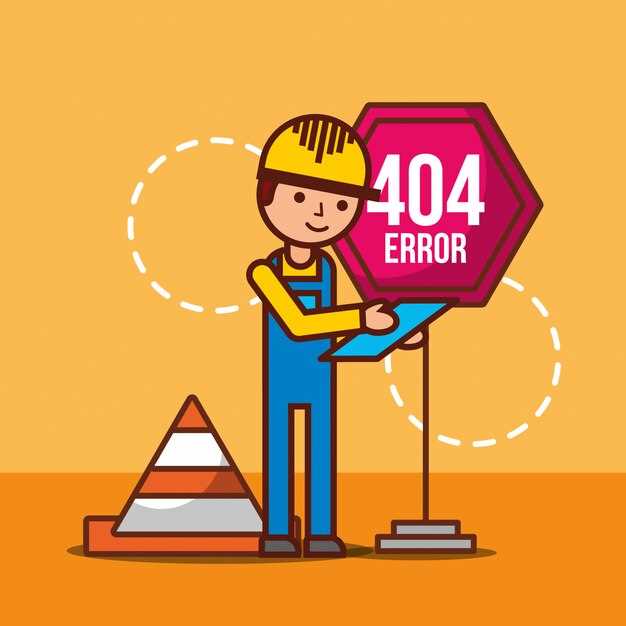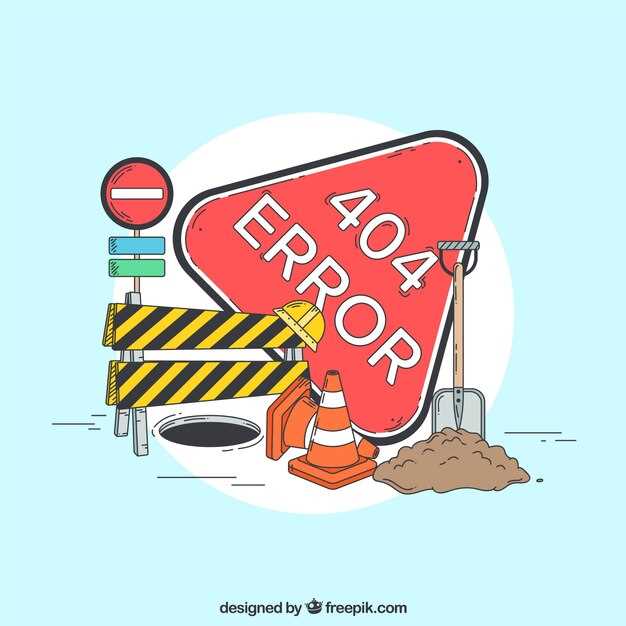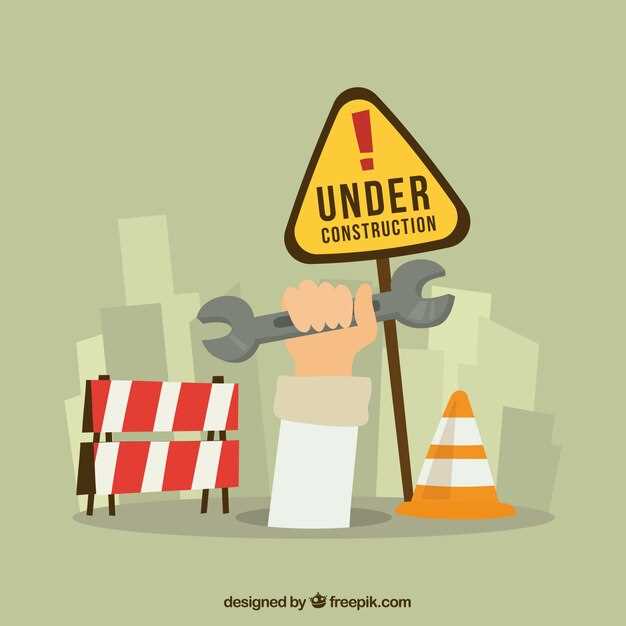
Your vehicle’s suspension system plays a crucial role in ensuring a smooth ride and stable handling. However, over time, various components of this system can experience wear and tear, leading to potential issues that require immediate attention. Ignoring these warning signs can not only compromise your driving experience but also jeopardize your safety on the road.
Understanding the signs that indicate your suspension system may need urgent care is essential for any car owner. From unusual noises to uneven tire wear, these symptoms can reveal underlying problems that need to be addressed promptly. If you notice any of these concerning indicators, it’s imperative to seek professional assistance as soon as possible.
By familiarizing yourself with the common warning signs of a failing suspension system, you can take proactive steps to maintain your vehicle’s integrity and performance. This article will highlight key symptoms to look out for, helping you make informed decisions about your vehicle’s maintenance needs and ensuring a safer driving experience.
Unusual Noises When Driving

One of the most telling signs that your suspension system needs urgent attention is the presence of unusual noises while driving. These sounds can manifest in various forms, including clunks, rattles, or squeaks. If you start hearing these noises, it is essential to understand what they might indicate.
A clunking noise, particularly when going over bumps or turning corners, may signal issues with the struts or shock absorbers. These components are vital for maintaining stability and comfort. If they are worn out, they can lead to decreased handling and an unsafe driving experience.
Squeaking or squealing sounds when navigating rough terrain can suggest that there is a lack of lubrication in the suspension joints. This condition can quickly escalate into more severe problems if not addressed. Regular maintenance can prevent this situation from worsening.
If you notice rattling noises, it could be indicative of loose or damaged components within the suspension system. This warning should not be ignored, as loose parts can result in further damage or even lead to suspension failure.
In summary, if your vehicle exhibits any unusual noises while driving, it serves as a warning that your suspension system may require immediate inspection. Addressing these signs early can save you from costly repairs and ensure your safety on the road.
Difficulty Steering or Maintaining Control

One of the most alarming warning signs of suspension system issues is difficulty steering or maintaining control of your vehicle. If you find that your car is not responding as it should during turns or when changing lanes, it could indicate a serious problem with your suspension components. This lack of responsiveness can make driving dangerous, as it compromises your ability to navigate various road conditions safely.
Common signs of suspension trouble include a tendency to drift or pull to one side while driving straight, which suggests uneven wear on suspension parts or misalignment. Additionally, if you experience excessive vibration or a bouncy ride on smooth surfaces, this may point to worn-out shocks or struts, contributing to compromised handling. These issues can increase the risk of losing control of your vehicle, especially during sudden maneuvers or adverse weather conditions.
If you notice any of these symptoms, it is crucial to seek professional inspection as soon as possible. Ignoring these warning signs can lead to further suspension damage and potentially dangerous driving situations. Maintaining your vehicle’s suspension system is essential not only for comfort but also for ensuring your safety on the road.
Uneven Tire Wear Patterns
Uneven tire wear patterns are crucial indicators of underlying suspension system issues. Recognizing these signs early can prevent more severe damage and enhance vehicle safety.
Common uneven wear patterns include:
- Cupping: This is characterized by high and low points on the tire tread, indicating a possible misalignment or worn-out suspension components.
- Edge Wear: Significant wear on the inner or outer edges of tires often points to improper camber alignment, which affects overall tire contact with the road.
- Center Wear: If the center of the tire tread wears faster than the edges, it may suggest overinflation or excessive driving speed.
- Patchy Wear: Patches of wear across the tire may indicate issues such as a failing shock absorber or strut, affecting the distribution of weight during driving.
These patterns serve as warning signs of possible suspension failures. Ignoring these issues can lead to:
- Decreased traction and handling, increasing the risk of accidents.
- Higher fuel consumption due to improper tire alignment.
- Shorter tire lifespan, leading to unexpected replacements and expenses.
Regularly inspecting your tires can help you detect these issues early. If you notice any of these uneven wear patterns, consult a professional mechanic promptly to assess your suspension system.




